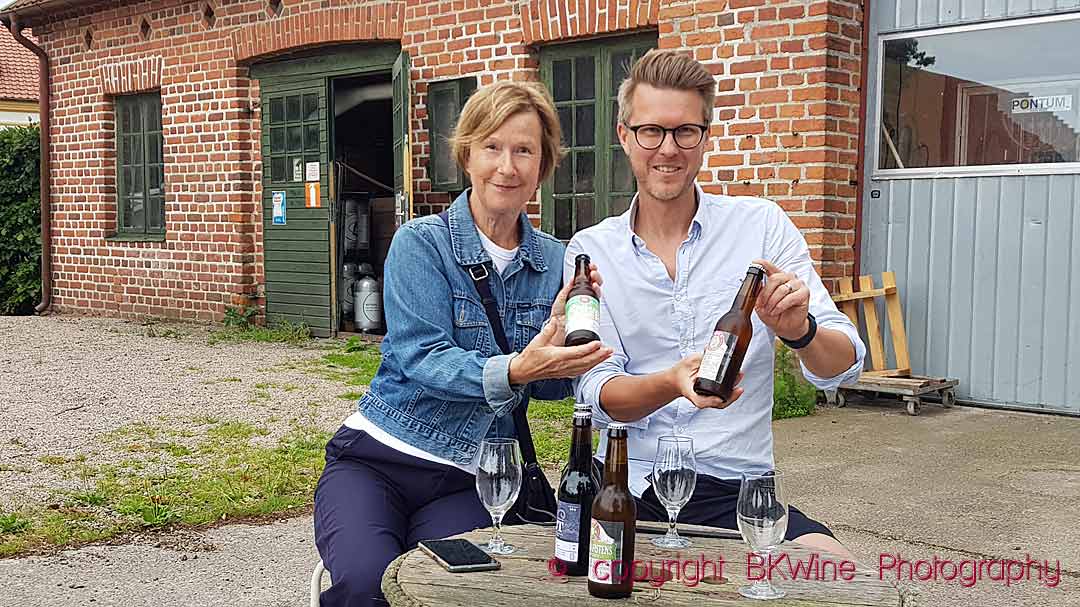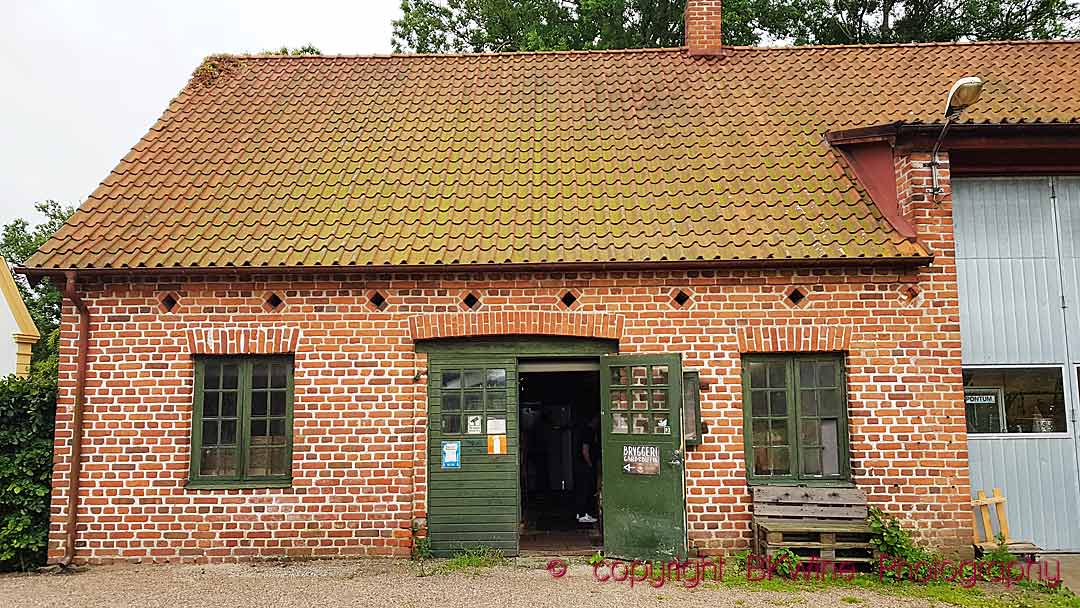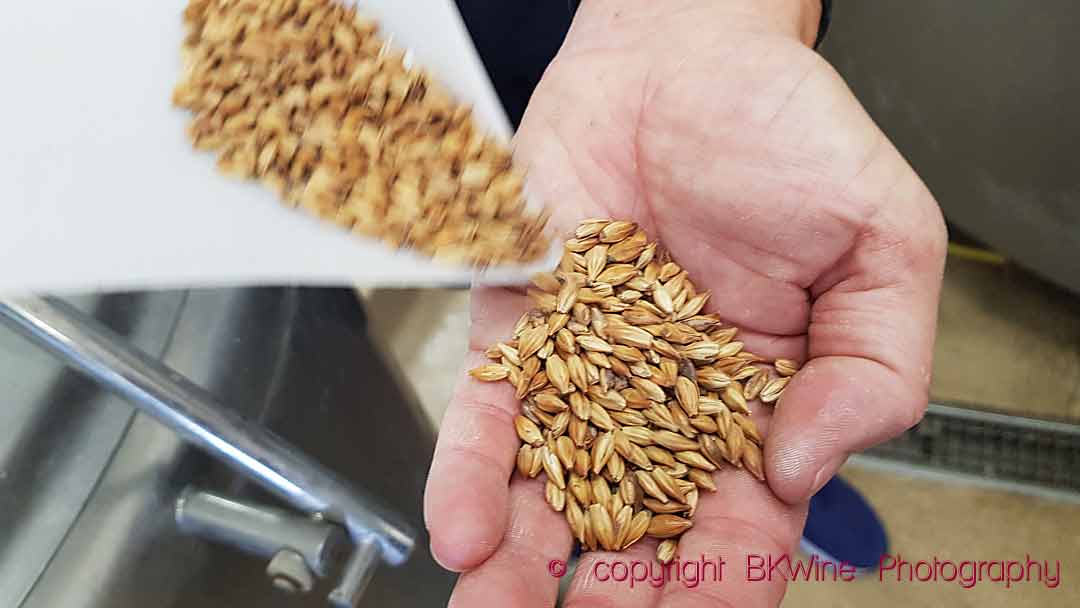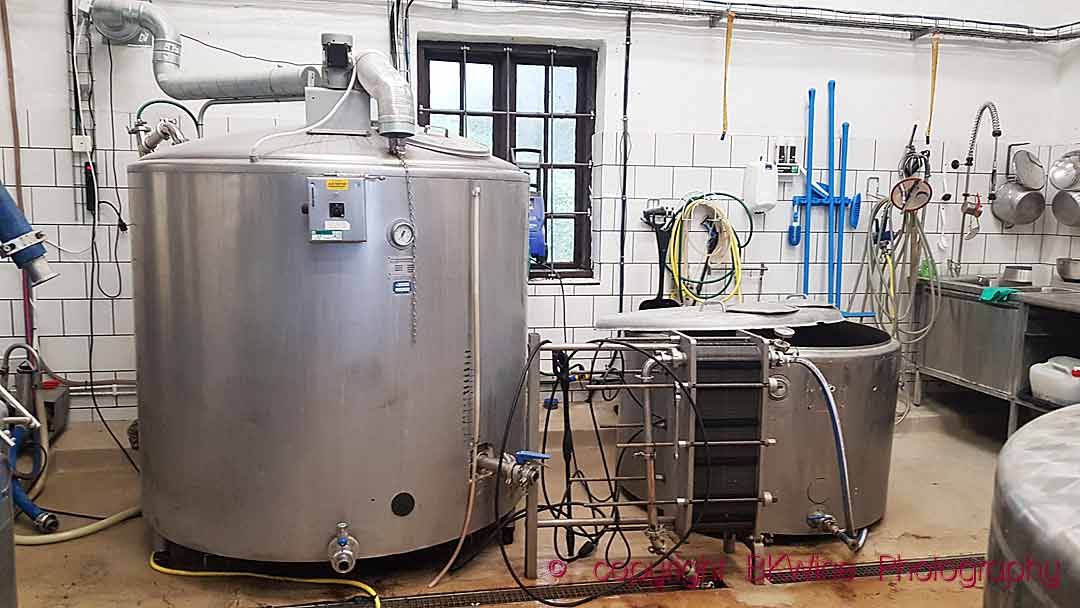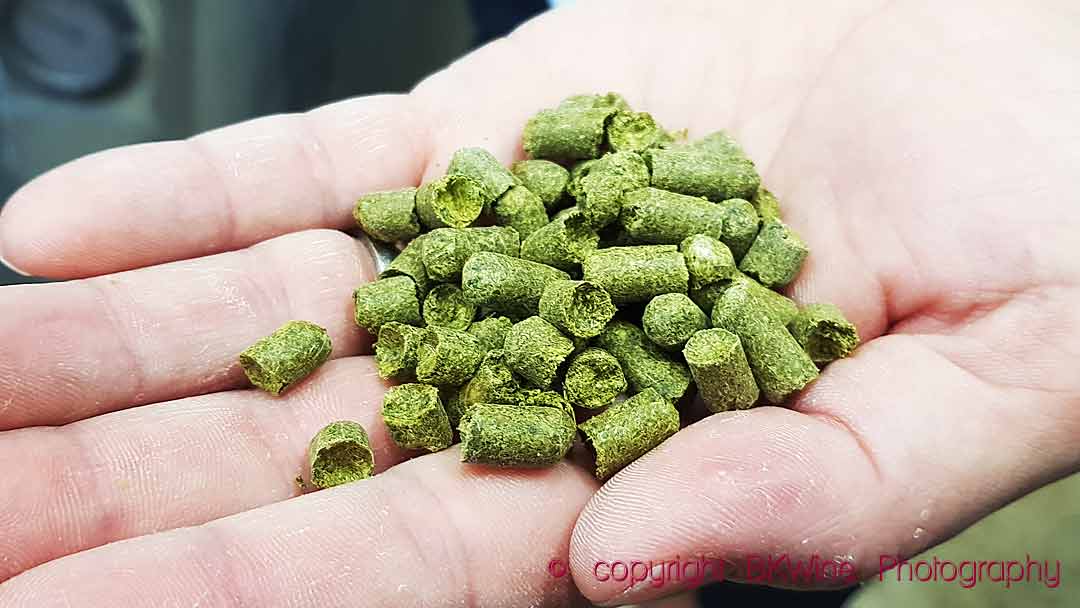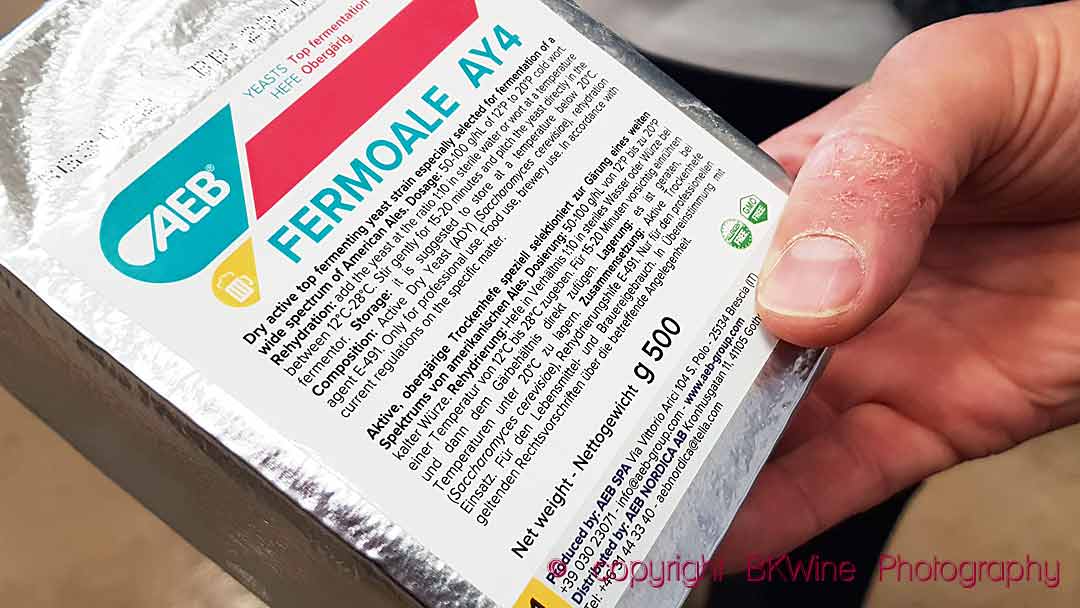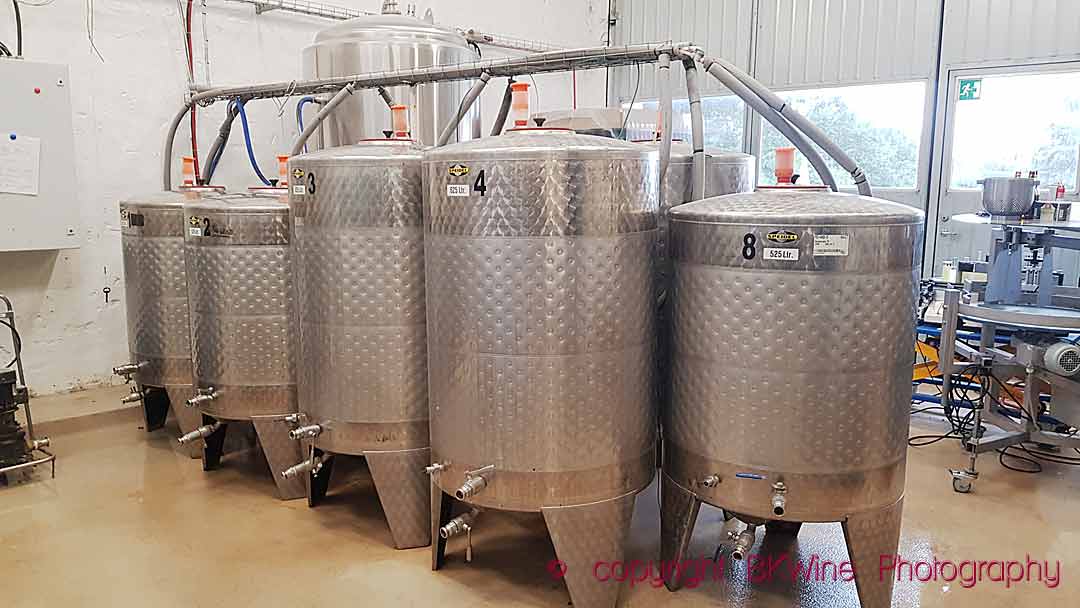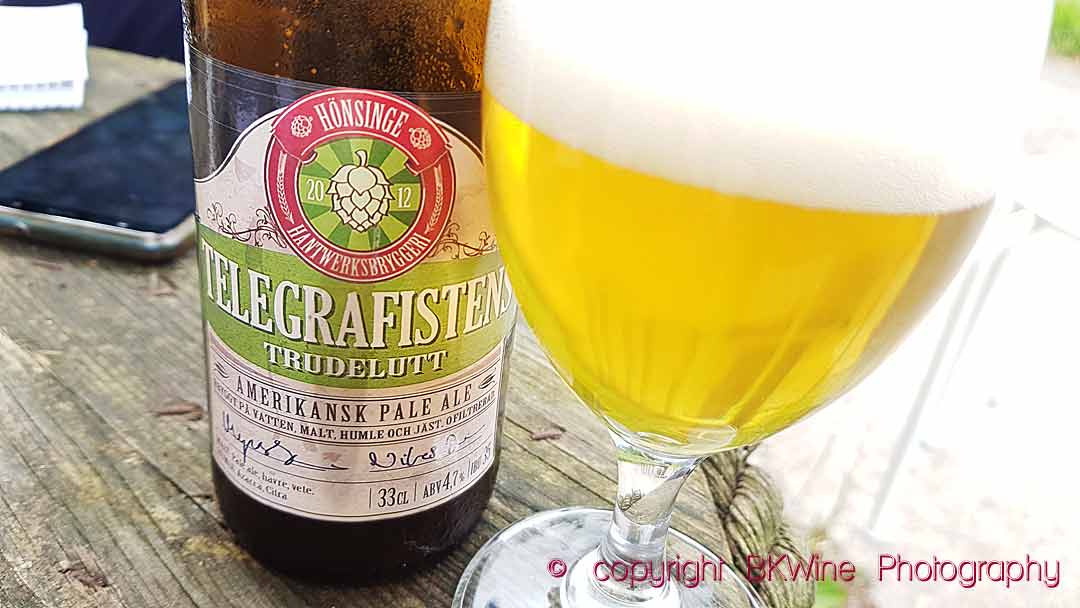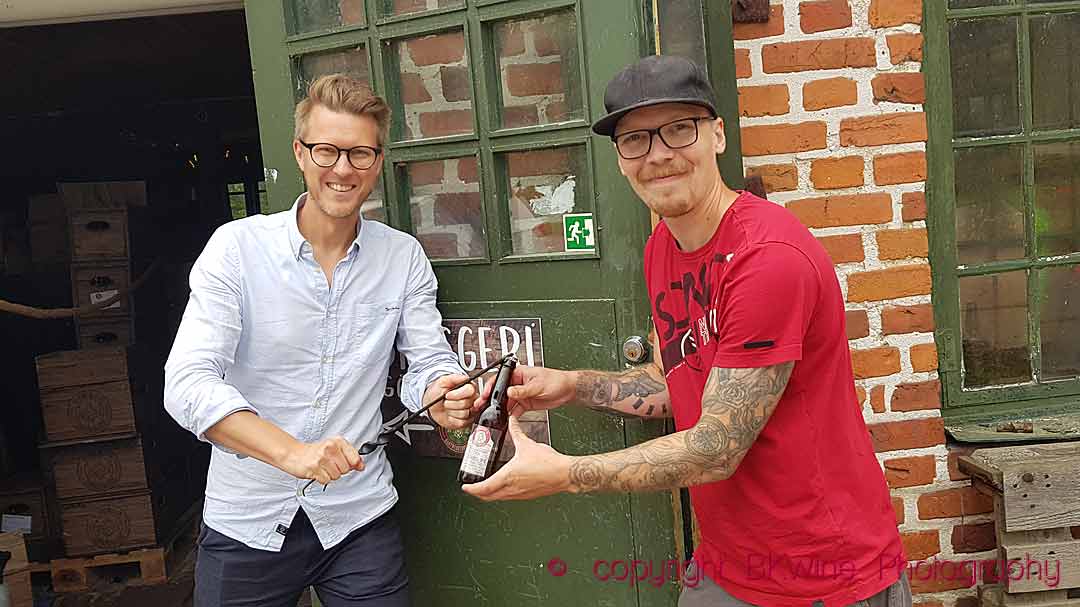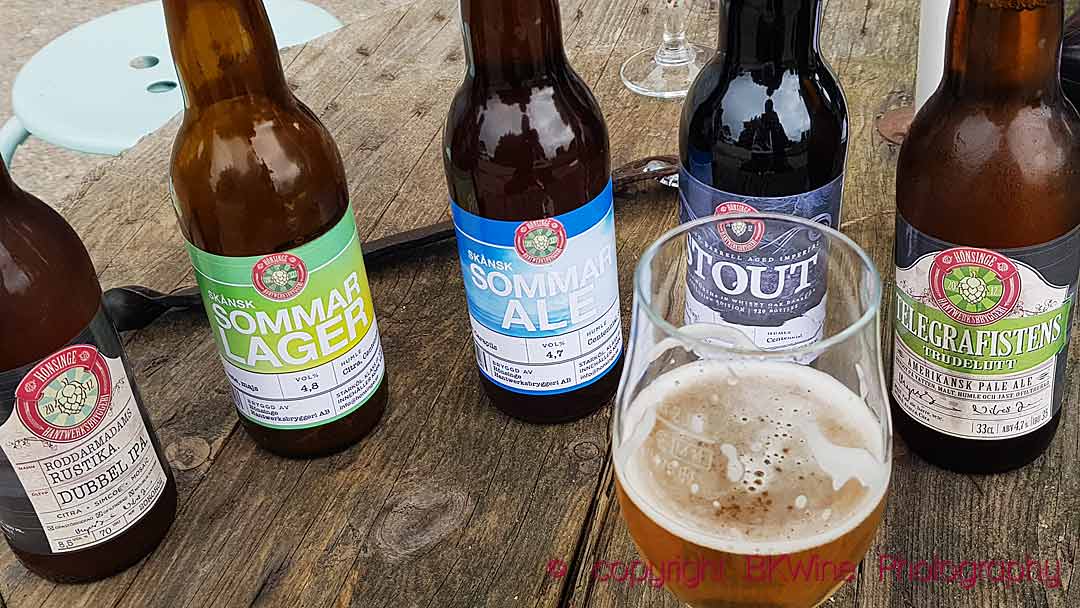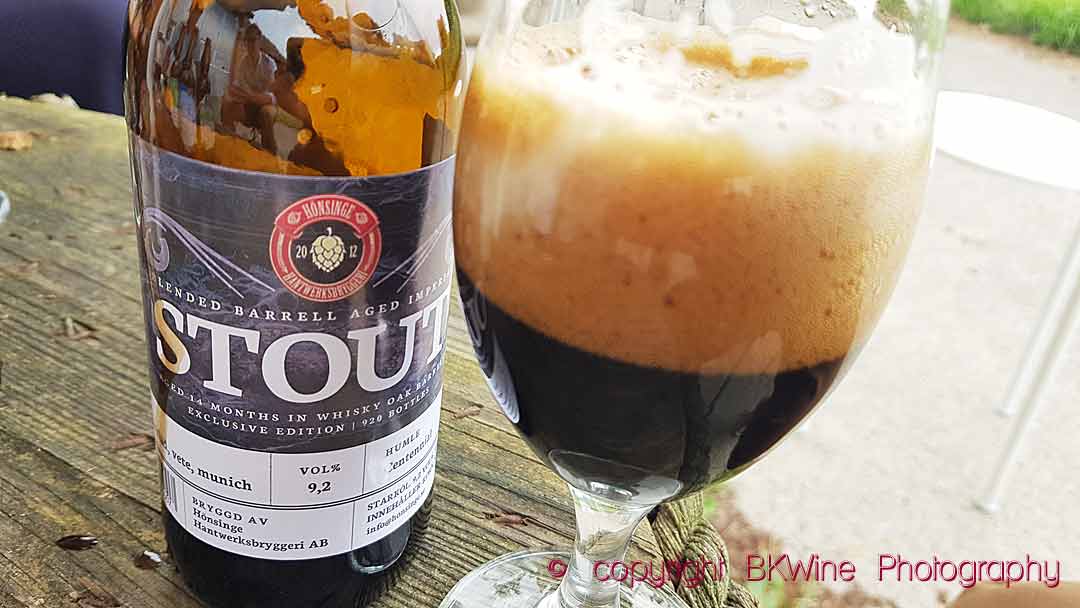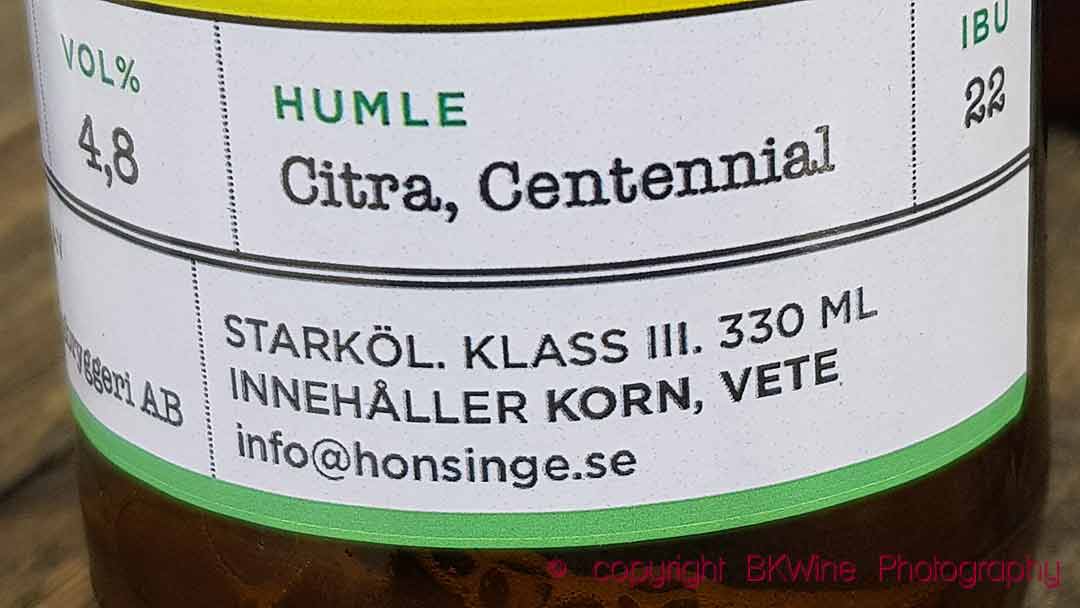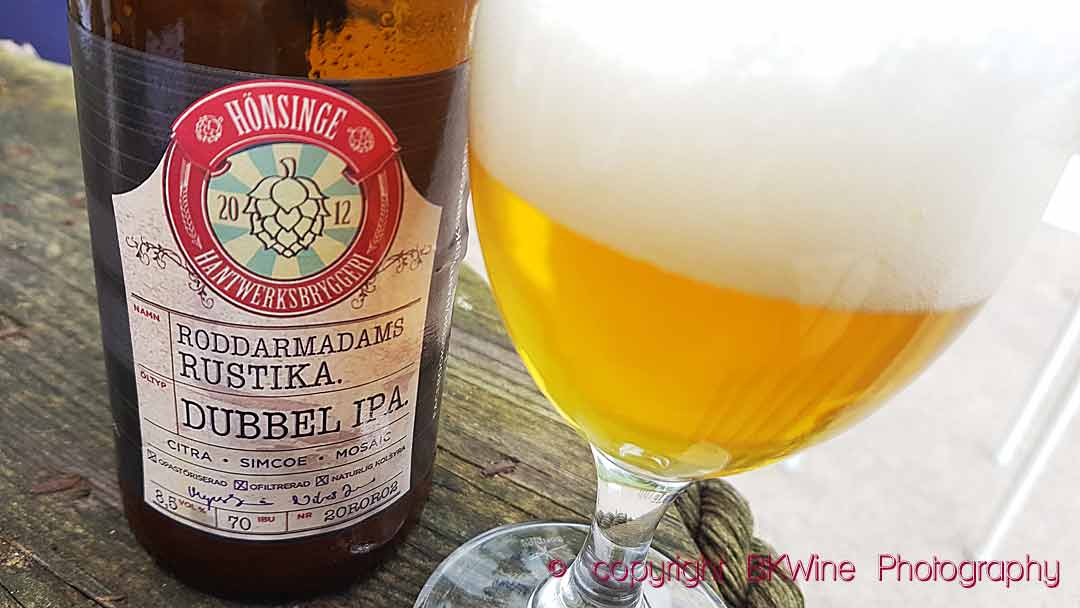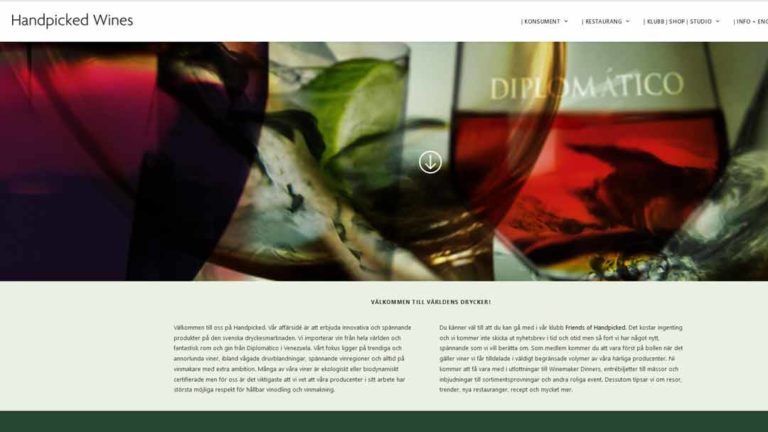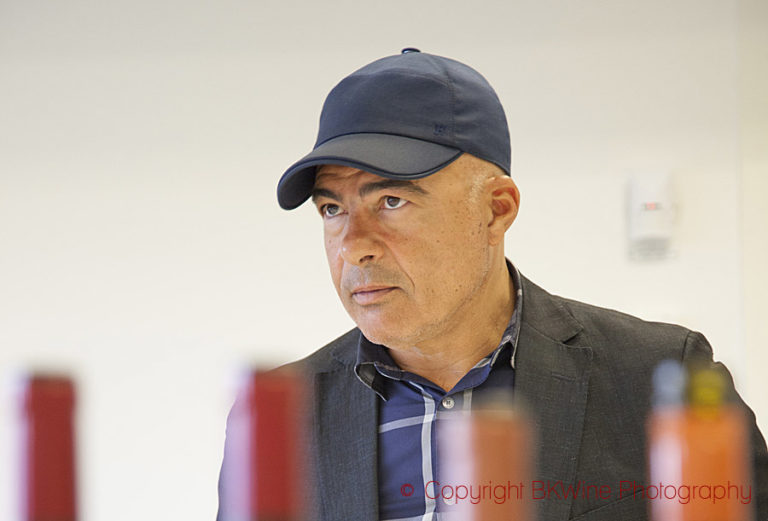There has been an explosion of microbreweries in the last 15 years worldwide, not least in Sweden. “It is thanks to these microbreweries that people have discovered the different flavours of beer,” says Magnus Elmgren Servin, owner of one of them, Hönsinge Hantwerksbryggeri, in the very south of Sweden. “The giants are still by far the biggest, of course, but together, the small breweries represent quite a lot of volume.”
Consumers are looking for beer with character. In Sweden, a new microbrewery is created approximately every two weeks. Today there are just over 400 breweries, a substantial increase compared to 2010 when there were no more than 42. Most of them are small, and only 17 have ten or more employees, according to the industry association Sweden’s Breweries.
Magnus divides the small breweries into three groups. The tiny ones make between 5,000 and 10,000 litres of beer. The medium ones make up to 100,000 litres. This is where Hönsinge ends up with its 45,000 litres. The big ones among the small ones make between 300,000 and 1 million litres.
The big giants will always be the biggest and sell the most. Craft breweries compete with taste and variety. Hönsinge makes around 20 types of beer, with different characters and alcohol strengths. It’s incredible how much you can vary a recipe that only has four ingredients, malt, hops, water and yeast.
But how do you actually make beer? Magnus gives us a quick introduction.
The malt is mainly made from barley but also rye or sometimes wheat. The process begins with malting, which means soaking the malt so that the grain starts to germinate, which is necessary for the starch to be converted into fermentable sugar.
The malt is then roasted. There are 10–12 different levels of roasting, says Magnus, light roasted, medium roasted, etc. Light base malt is roasted at the lowest temperature, around 80 degrees C. For darker beers, the roasting is made at a higher temperature, and the highest temperature is used for porter and stout. The high temperature will caramelise the malt and give a caramel flavour to the beer.
Magnus buys the malt and has it delivered in 25-litre sacks. The quality of the malt is essential, he says. “The malt determines the colour. You can say that the composition of the malt is the basic structure of the beer”.
He does the crushing, which is the next step, himself. The malt is coarsely crushed, whereby sugar and flavours are extracted. A typical recipe for a beer, he says, is 2-3 different malts, maybe one light, one full-bodied, etc.
During the next step, the malt is mixed with hot water, so-called mashing. Magnus heats 400–500 litres of water in the mash vessel to 70–75 degrees C and adds 150 kilos of crushed malt. The starch is now converted to sugar, and we will get a sweet wort.
After an hour in the mash vessel, the wort is pumped to the large vessel. “We now dilute it with water”, says Magnus, “because otherwise, we would get a beer with 10-12% alcohol”. To make his low alcohol beers, he dilutes even more.
Now the third ingredient enters the picture, namely hops. Magnus adds hops in the form of pellets; for example, it could be an American fruity hop. The wort will now be boiled together with the hops. The boiling time determines how bitter the beer will be. You can add the hops at the beginning or the end. “For a lager, we only add at the beginning. For an IPA, we add on three different occasions and different kinds of hops.”
After the boiling time, the liquid is cooled down and transferred to the fermentation tanks of 500, 600 and 1000 litres. Magnus adds dry yeast and puts the lid on. Now it will ferment for 2-3 weeks, rapidly to start with and then slower. An “under-fermented” (or “bottom-fermented”) beer, such as a lager, ferments more slowly at a cooler temperature and an “over-fermented” (or “top-fermented”) one, such as an IPA or APA, ferments a little warmer and gains more complexity and flavour. We may think a lager is neutral in taste, but, says Magnus, it is not so easy to make. “It’s so mild in taste that the slightest flaw is noticeable…” (The terms under-fermented and over-fermented refer to the method. Traditionally, it was the case that for under-fermented the yeast stays at the bottom of the vessel, but for over-fermented the yeast floats on the surface.)
Some sugar may be left in the beer after fermentation, more in a stout, and very little in a so-called sour beer.
After fermentation, he cools down the beer as much as he can. The particles will sink to the bottom, and he gets a clear beer. And now for the last part, to carbonate the beer, because right now it is without any bubbles (there are techniques to keep the carbonation that forms during fermentation, says Magnus, but he does not use it). Instead, he uses two other methods. In the big tank, he injects carbonic gas, bottling the beer under pressure. He cannot do that with the small tanks, so instead, he adds a little sugar at the bottling, which means that the beer will referment slightly in the bottle, and bubbles will be formed. A bit like the “second fermentation” when making champagne and other sparkling wines with the traditional method.
With so many different types of beers, Magnus and his brewer Jonas probably like to develop new products. “Yes, that’s right,” says Magnus. “And after a while, you learn what you like yourself and what we think other people like.”
A couple of test brews are necessary when trying something new. They experiment with different types of yeast and hops. A strong stout of 13-14% alcohol is ageing in two small oak barrels. It will eventually be bottled and sold as a special beer to true enthusiasts. The barrels give the stout a smooth and round finish.
We get to taste a stout with 9.2% alcohol and seven different types of malt, diluted with very little water during the mashing. The beer has been fermented and kept in oak barrels for 14 months. Magnus says that this is a beer to drink in small sips. It has thick foam and lots of flavours; it is not heavy; on the contrary, it is relatively light in body and with a dry finish.
Hönsinge has many IPAs in its repertoire. One of my favourites is Roddarmadam’s Rustika, a powerful double IPA with strong hop bitterness. And Skånsk Sommarale (made for the summer season) is a lovely, refreshing, easy-drinking ale. It all depends on the occasion.


